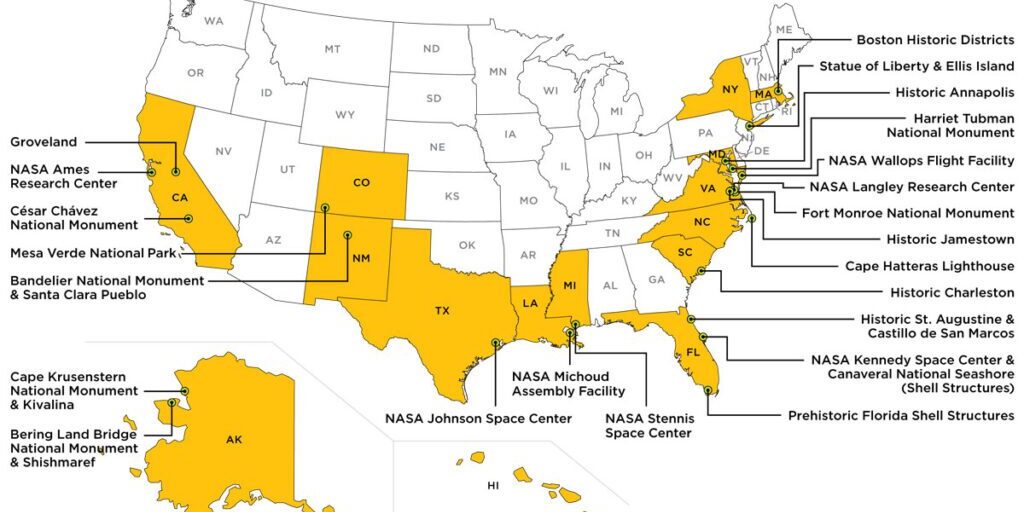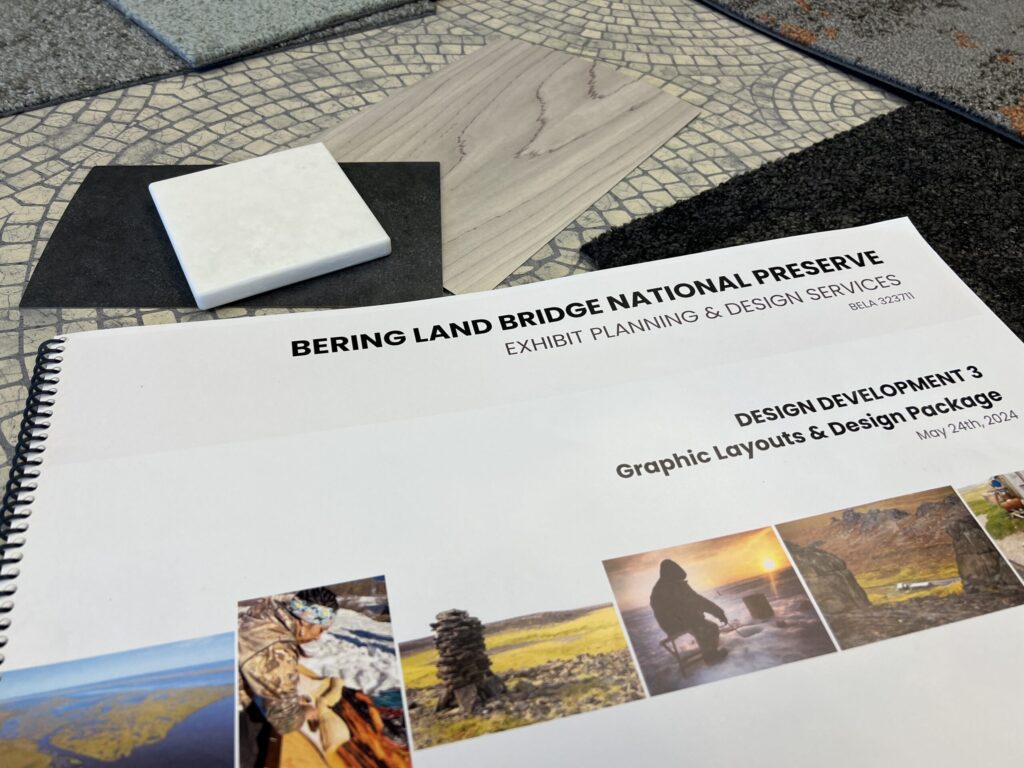Thousands of archeological sites across northwestern Alaska are washing into the sea, and scientists are scrambling to survey what they can before climate change swallows the cultural resources for good.
Areas most at risk are the coasts of the Bering Land Bridge National Preserve and Cape Krusenstern National Monument.
“These resources are nonrenewable,” Michael Hult, Senior Archeologist for the Western Arctic National Park Land, explained, “and that means once they’re gone, they’re gone forever, and they take with them basically a reflection of past human land use and how people adapted to their changing environment.”
Hult calls these lands the “genesis of Eskimo Inuit cultures.” It’s the area where all Alaska Natives and Native Americans are believed to have crossed into North America from Siberia. And according to a paper from the Union of Concerned Scientists, these two parks contain “some of the densest concentrations of artifacts” from early Americans.
This genesis, they warn, is what’s being lost to coastal erosion. As the Arctic is warming, ocean levels are rising, protective sea ice is diminishing; permafrost is thawing; and the coast is disappearing.
Robert Winfree is Alaska’s Regional Science Advisor for the National Park Service. Describing these parks, he said they are “essentially America’s best stretch of undisturbed natural coastline. Much of it has never been adequately surveyed. We simply do not know what we’re losing.”
To collect elements of this cultural heritage before it is too late, researchers are surveying sites in most imminent jeopardy. These surveys build off work conducted in the late 1980’s.
“We know that there’s a lot of sites that are undiscovered and never will be discovered,” said Winfree. “They’re vanishing before anyone has had a chance to go there and understand what they’re all about.”
Coastal erosion is not only threatening artifacts from the past. It’s impacting present-day communities. as well.
The U.S. Government Accountability Office reports that of 85 percent of Alaska Native communities are “already being affected by erosion and flooding,” with twelve of those communities having decided to relocate. All 12 are located in northwest Alaska.
“We can’t discount the very human effect of what’s happening right now,” said Winfree. “There are communities—Shismaref, Kivalina, many others along the coast—that are very much threatened by what’s happening.”
The destruction of National Parks and Monuments due to climate change is a concern for scientists and historians across the nation. The Union of Concerned Scientists has identified 30 at-risk sites, including the Statue of Liberty and Ellis Island in New York. Threats range from flooding to wildfires to Alaska’s coastal erosion.







